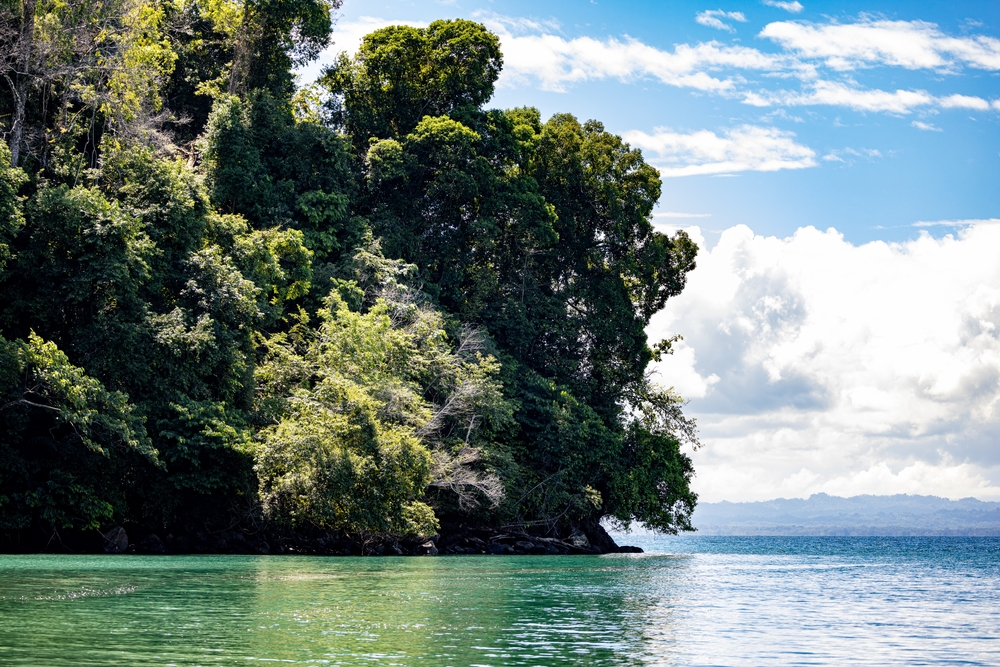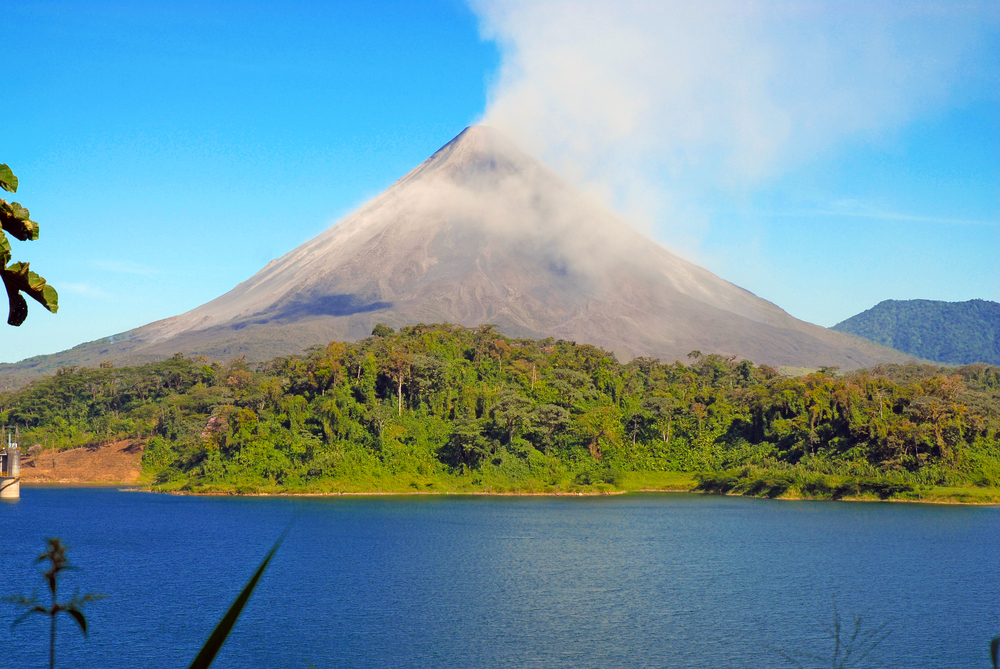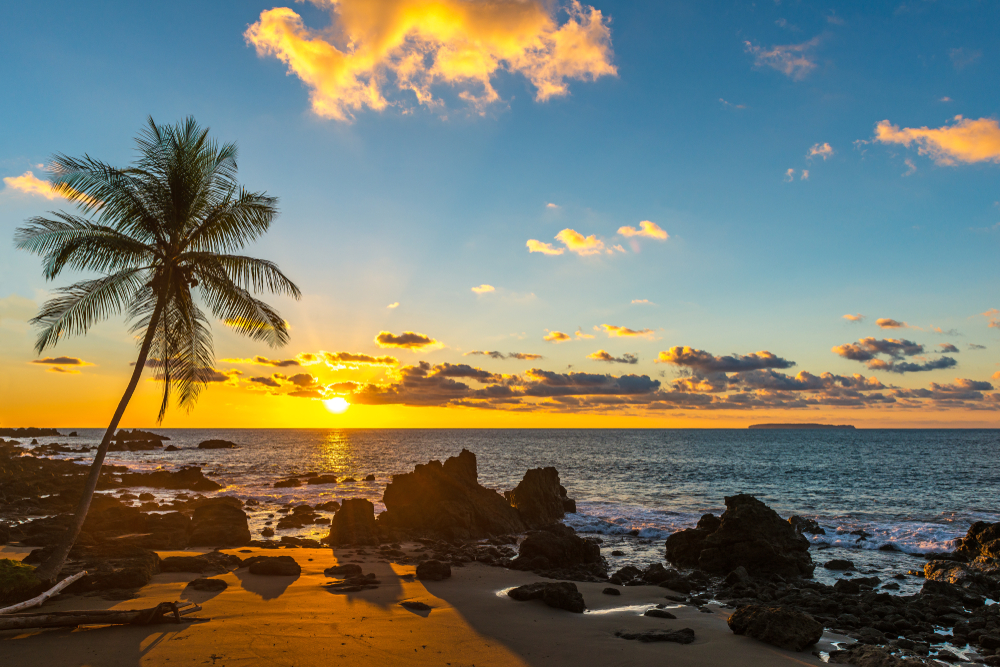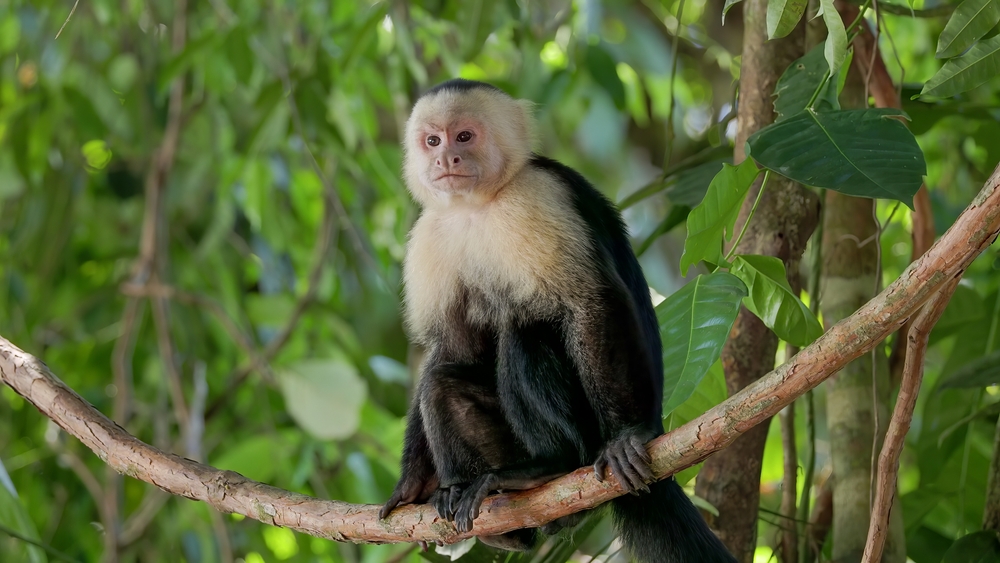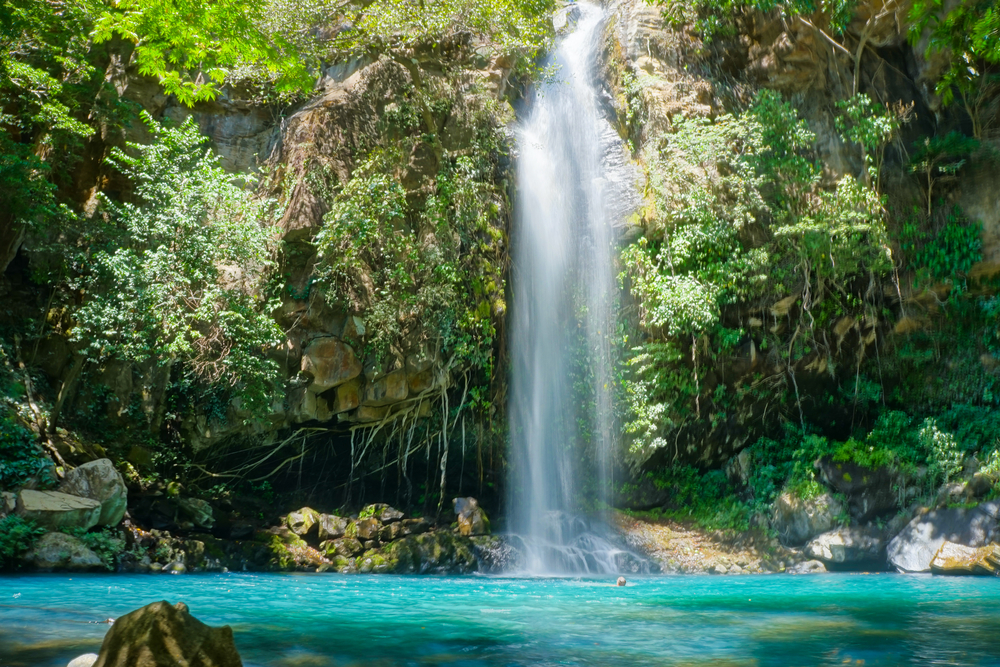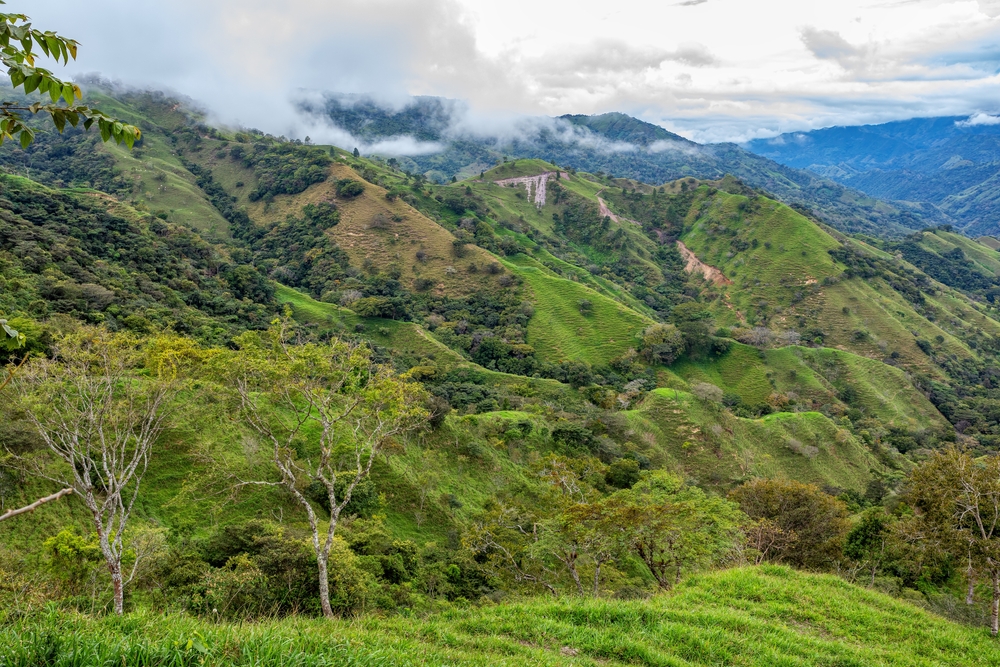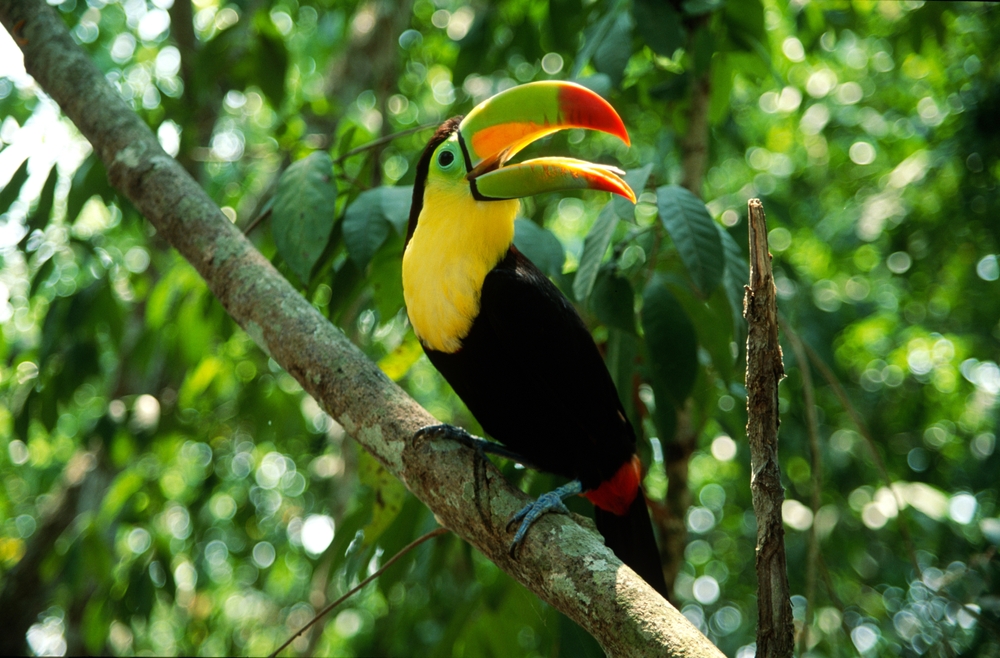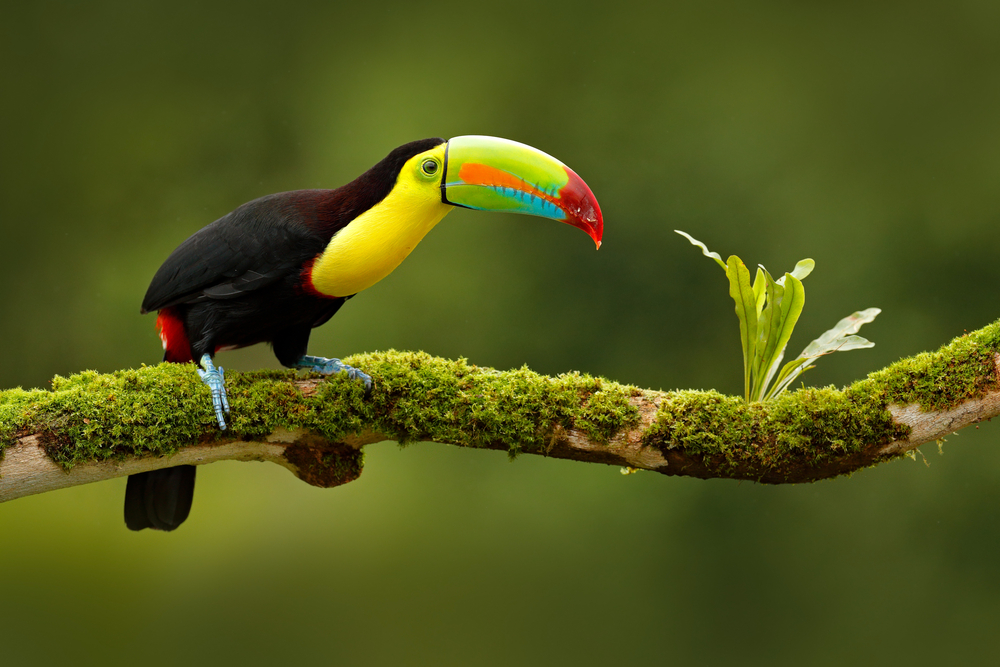Piedras Blancas Overview
Piedras Blancas National Park, known locally as Parque Nacional Piedras Blancas, is a protected area located in the southern region of Costa Rica near the border with Panama.
Spanning roughly 25 square miles (65 square kilometers), the park offers visitors a unique opportunity to experience an environment where biodiversity thrives in a pristine tropical setting. Its location in a region of abundant rainfall and warm temperatures ensures that nature flourishes in every season.
The terrain of Piedras Blancas National Park is a harmonious blend of rugged hills and gentle valleys, interwoven with meandering streams and cascading waterfalls. Visitors can explore dramatic rock formations, including the park’s namesake feature, the Piedra Blanca outcrop, which stands as a testament to the area’s geological history.
Numerous clear rivers and smaller falls punctuate the landscape, providing refreshing spots to pause and appreciate the raw beauty of the natural surroundings.
Vegetation in the park is lush and varied, dominated by dense tropical rainforests that extend across the diverse landscape. Towering trees form a high canopy under which an array of ferns, orchids, and bromeliads flourish.
Vines and epiphytes cling to ancient trunks, creating a layered ecosystem where sunlight filters softly through the leaves. This rich plant life not only defines the park’s natural charm but also supports a complex habitat that sustains a wide variety of animal species.
Wildlife in Piedras Blancas National Park is both abundant and diverse. Key mammal species such as howler monkeys, capuchin monkeys, and even the elusive jaguar can be spotted amid the dense foliage, offering thrilling encounters for nature enthusiasts.
Birdwatchers are treated to a colorful display of tropical species, including toucans, parrots, and an assortment of songbirds whose melodies echo through the forest. Reptiles, amphibians, and countless insects also contribute to the vibrant ecological tapestry of the park.
Among the park’s most celebrated features are its well-maintained hiking trails and picturesque waterfalls, which attract both local and international visitors. The Piedra Blanca rock formation serves as a dramatic focal point for photography and quiet reflection, while natural pools along the river invite moments of relaxation and cooling off.
These attractions, paired with the serene atmosphere, make the park a favored destination for those seeking both adventure and tranquility.
Visitors have numerous ways to engage with the park’s offerings. Guided nature walks, bird-watching tours, and educational excursions reveal the intricacies of the local ecosystem, while opportunities for photography, eco-camping, and community cultural experiences enrich the overall visit.
Each activity is designed to deepen one’s connection with nature and foster a greater appreciation for the environment.
Conservation remains a central focus for the park’s management, even as challenges such as habitat encroachment and invasive species persist. Collaborative efforts with local communities, government agencies, and international organizations have led to successful reforestation and wildlife protection programs.
These initiatives have not only safeguarded the park’s natural treasures but have also promoted sustainable tourism that benefits both the environment and the local economy.








































































